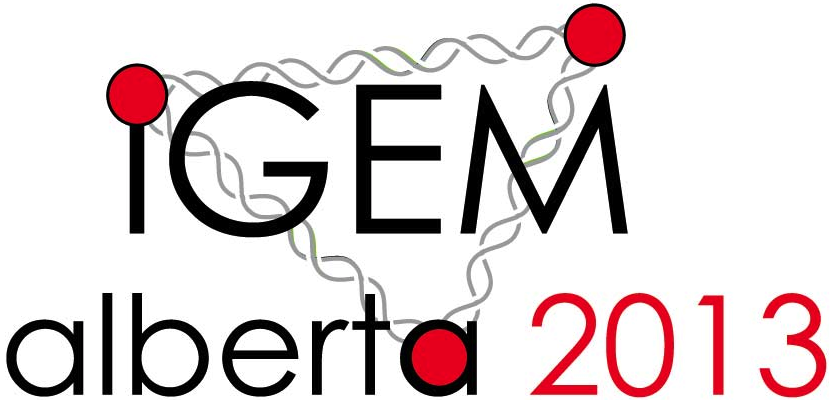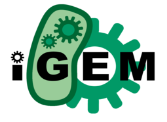Team:Alberta/Attributions
From 2013.igem.org
| Line 438: | Line 438: | ||
</div> | </div> | ||
<div class="block"> | <div class="block"> | ||
| - | <p>All of the experimental work described herein was performed by the | + | <p>All of the experimental work described herein was performed by the team with technical support from Prof. Ellison’s technician, <b>Nien-tsu Tseng (Rick)</b>. The TSP concept was inspired by the <b>Missouri-Davidson 2007 iGEM team</b> who broke the ice with their work on the Hamiltonian variation of TSB problem. The experimental approaches used here evolved over discussions with our supervisors during group meetings. The correct weighting algorithm that relates city path lengths to linker concentrations was developed by <b>Dr. Doug Ridgway</b>, a supervisor of the 2012 iGEM team. The plasmids used to create TSB compatible parts by PCR were a gift from <b>Genomikon Inc</b>. |
| - | team with technical support from Prof. Ellison’s technician, Nien-tsu | + | The creation of the violacin bricks that we will use in the test of the 5-city TSB would not have been possible without the violacein operon biobrick (K274002) that was created, submitted and carefully characterized by the <b>Cambridge 2009 iGEM team</b>. Wiki coding and design translation was done by <b>Timo Hohn</b>, (B.Sc. in Computer Engineering). |
| - | Tseng. The TSP concept was inspired by the Missouri-Davidson 2007 | + | </p> |
| - | iGEM team who broke the ice with their work on the Hamiltonian | + | <br> |
| - | variation of TSB problem. The experimental approaches used here | + | <p>Thanks to these individuals for donating their time and talents!</p> |
| - | evolved over discussions with our supervisors during group meetings. | + | |
| - | The correct weighting algorithm that relates city path lengths to linker | + | |
| - | concentrations was developed by Dr. Doug Ridgway, a supervisor of the | + | |
| - | 2012 iGEM team. The plasmids used to create TSB compatible parts by | + | |
| - | PCR were a gift from Genomikon Inc | + | |
| - | The creation of the violacin bricks that we will use in the test of the | + | |
| - | 5-city TSB would not have been possible without the violacein operon | + | |
| - | biobrick (K274002) that was created, submitted and carefully | + | |
| - | characterized by the Cambridge 2009 iGEM team.</p> | + | |
</div> | </div> | ||
</div> | </div> | ||
Revision as of 01:03, 15 October 2013
Attributions
All of the experimental work described herein was performed by the team with technical support from Prof. Ellison’s technician, Nien-tsu Tseng (Rick). The TSP concept was inspired by the Missouri-Davidson 2007 iGEM team who broke the ice with their work on the Hamiltonian variation of TSB problem. The experimental approaches used here evolved over discussions with our supervisors during group meetings. The correct weighting algorithm that relates city path lengths to linker concentrations was developed by Dr. Doug Ridgway, a supervisor of the 2012 iGEM team. The plasmids used to create TSB compatible parts by PCR were a gift from Genomikon Inc. The creation of the violacin bricks that we will use in the test of the 5-city TSB would not have been possible without the violacein operon biobrick (K274002) that was created, submitted and carefully characterized by the Cambridge 2009 iGEM team. Wiki coding and design translation was done by Timo Hohn, (B.Sc. in Computer Engineering).
Thanks to these individuals for donating their time and talents!
 "
"



